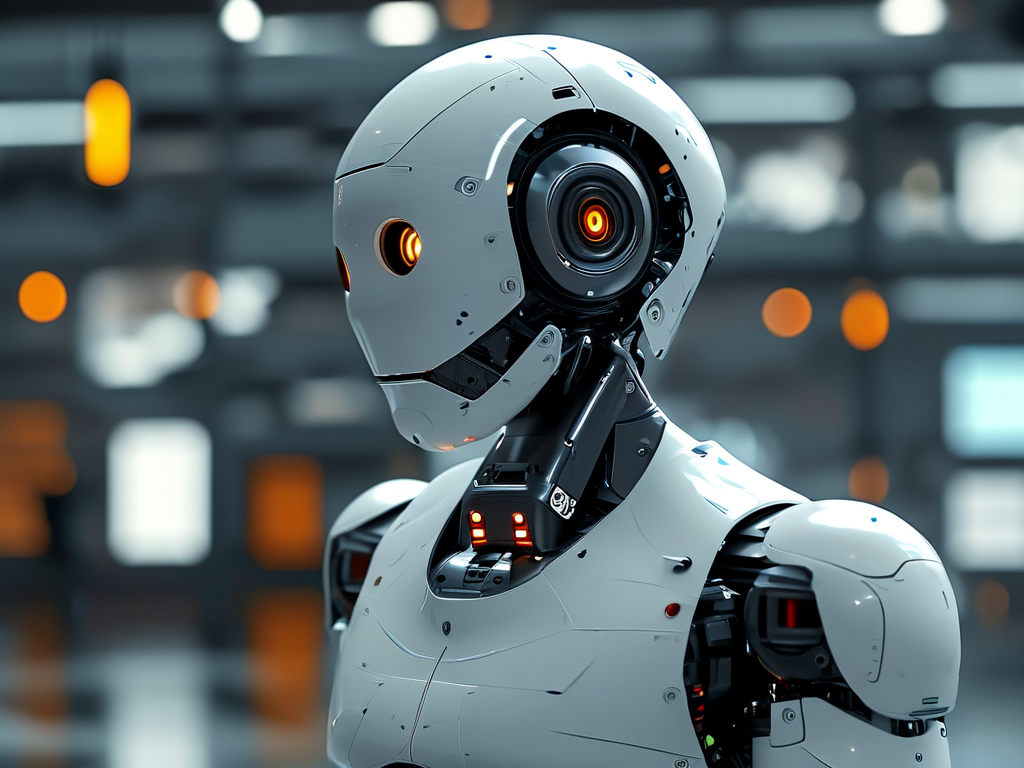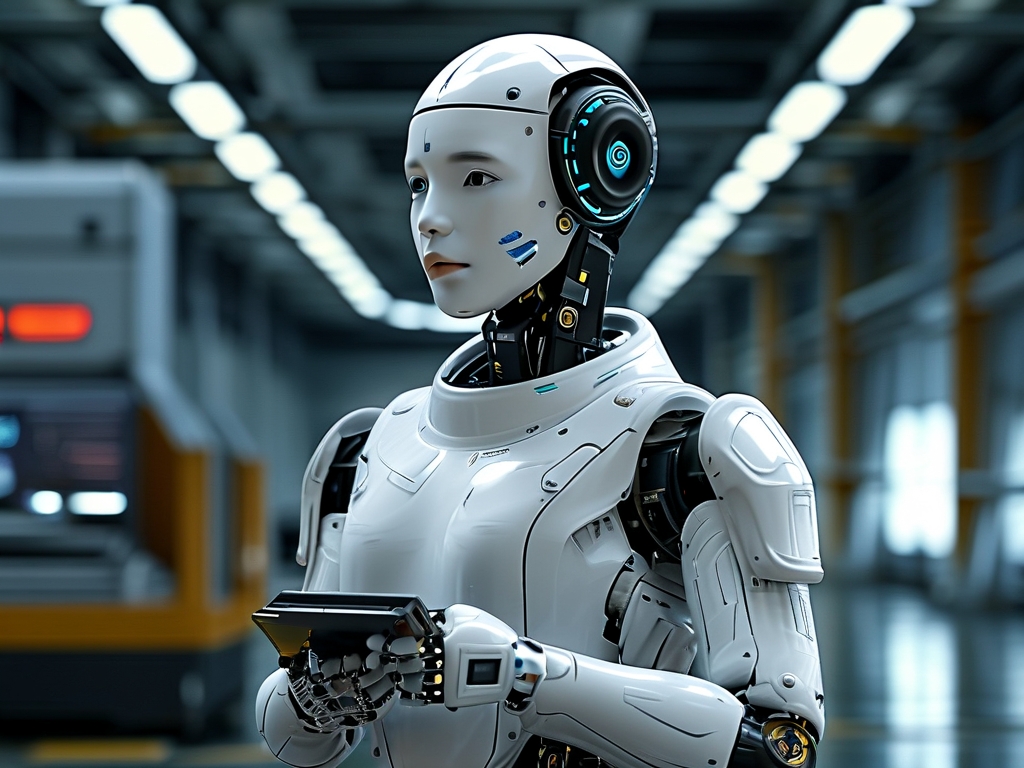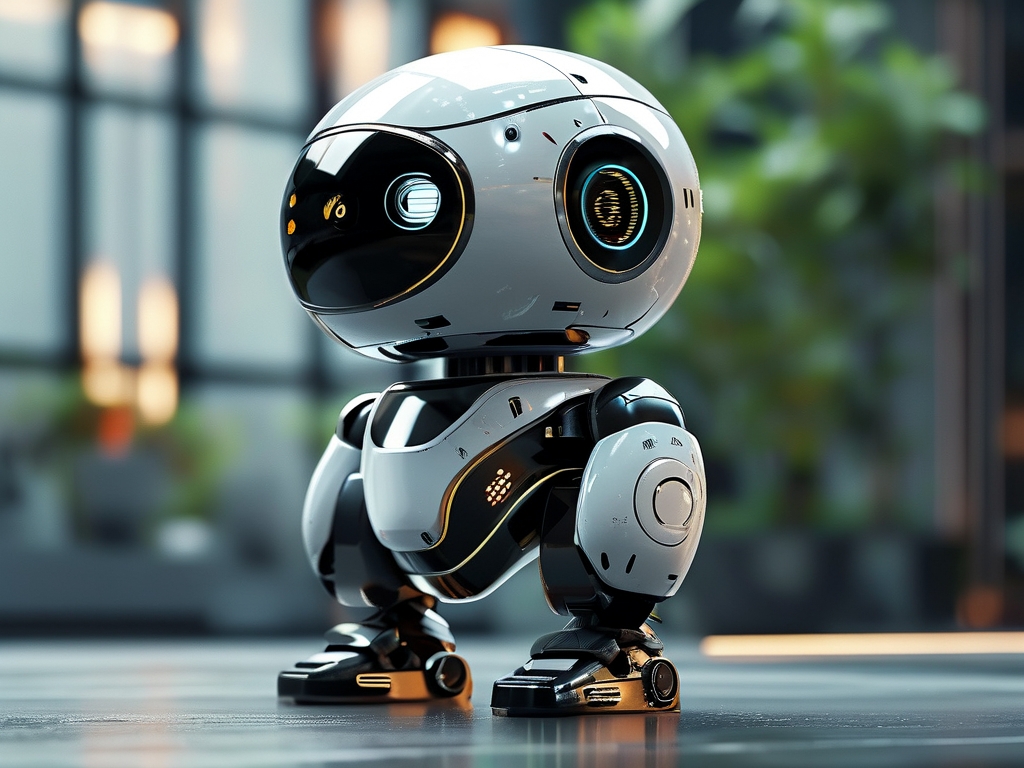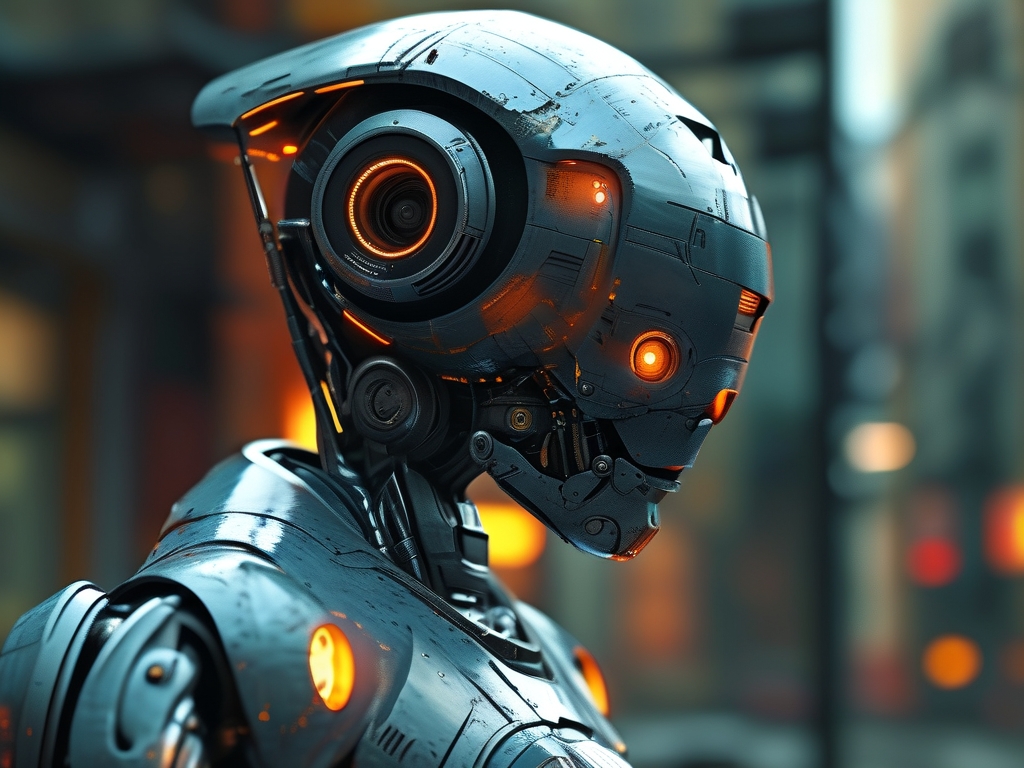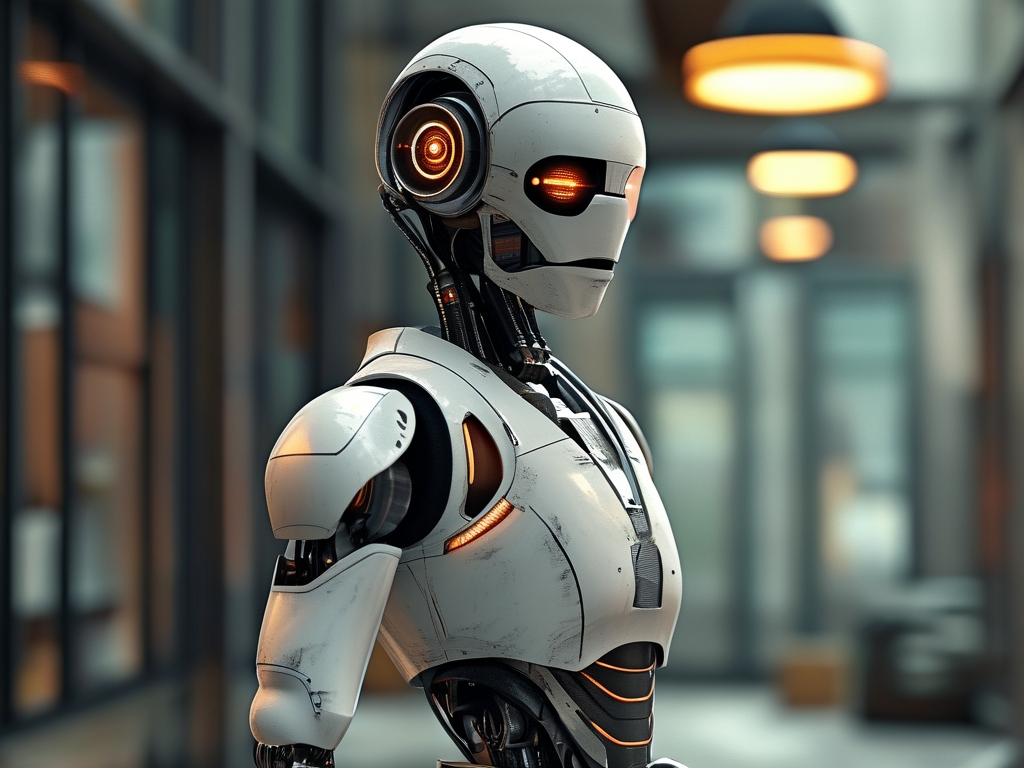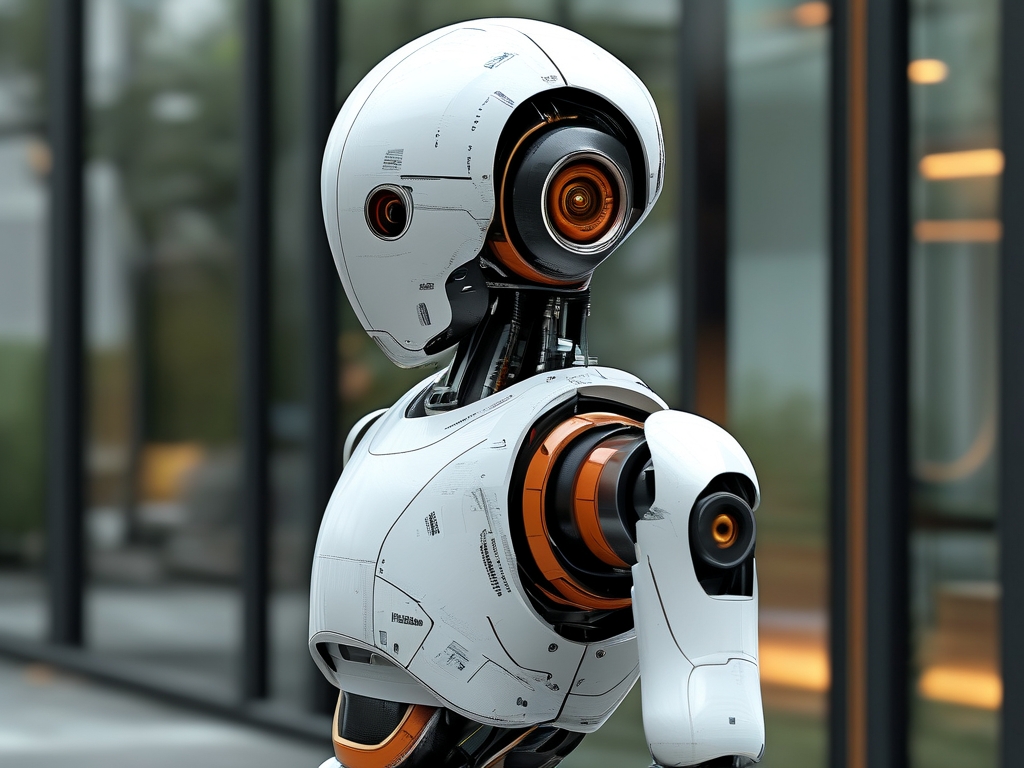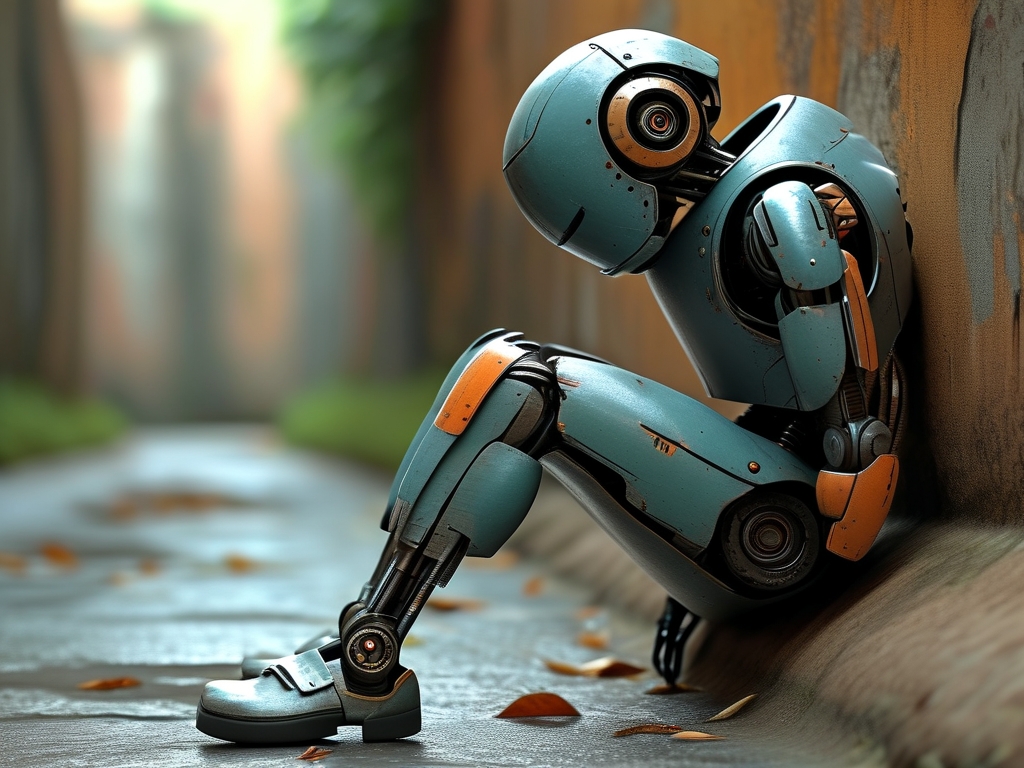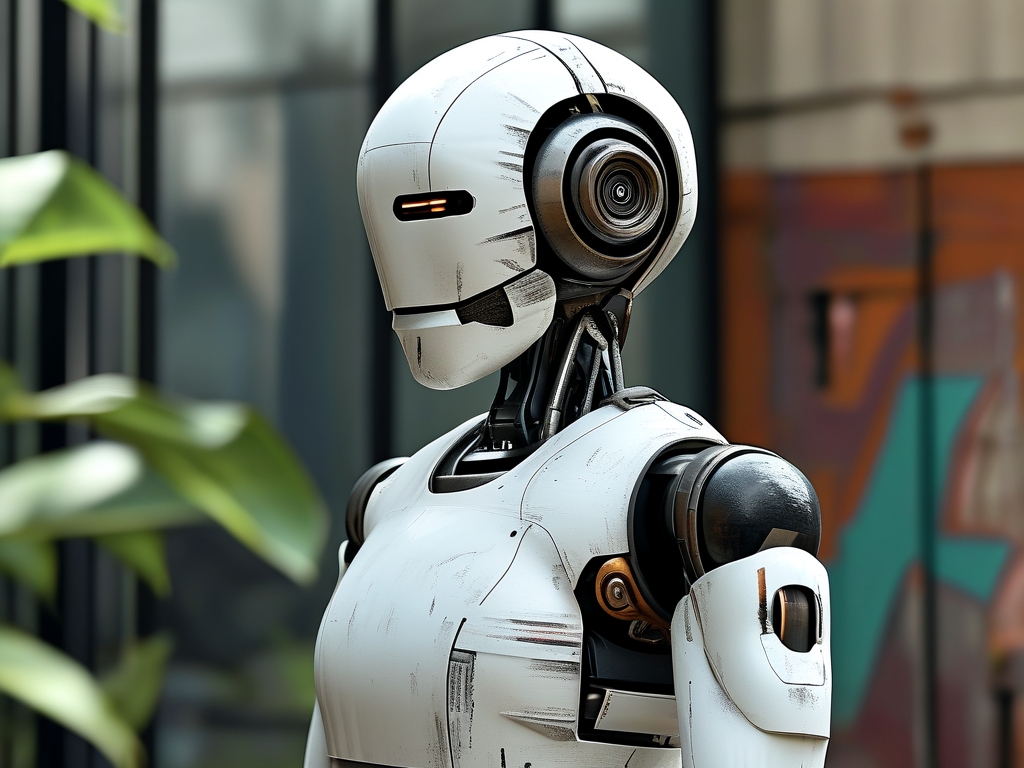The concept of humanoid robots designed to resemble aesthetically idealized women has transitioned from science fiction to tangible reality. Advances in artificial intelligence, materials science, and biomechanics have enabled the creation of lifelike "robot beauties" capable of mimicking human behavior, emotions, and even physical warmth. While this technology promises revolutionary applications, it also raises profound ethical, social, and philosophical questions.
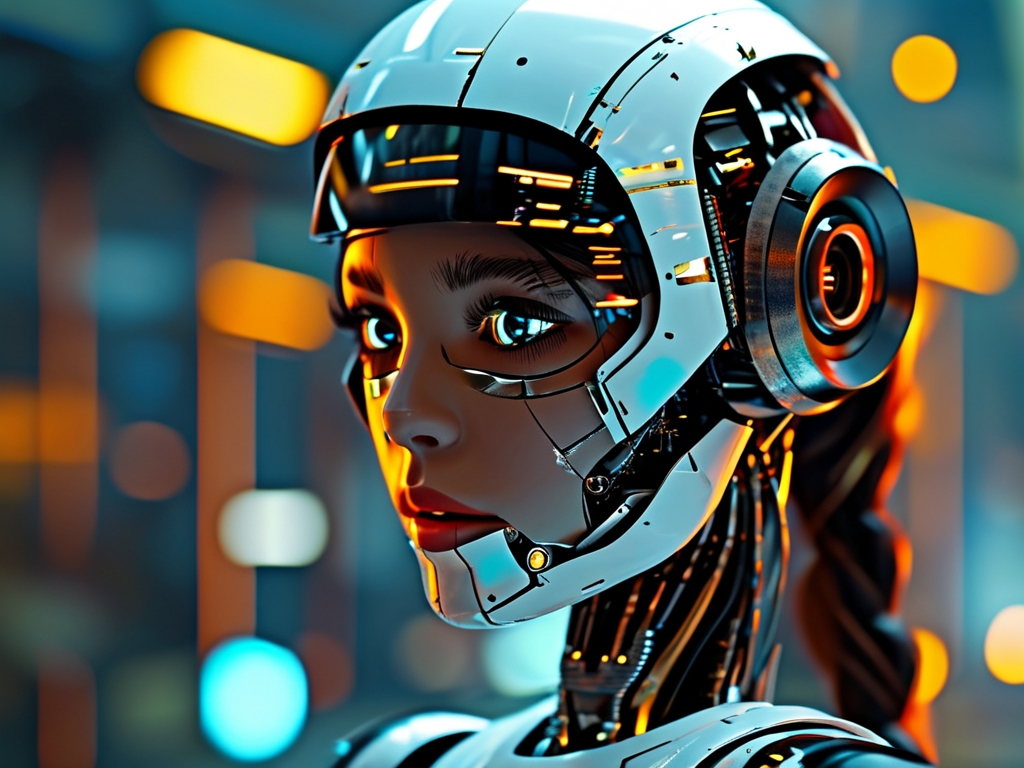
Technological Foundations
The development of humanoid female robots relies on interdisciplinary breakthroughs. Synthetic skin, made from silicone polymers embedded with microsensors, allows robots to detect touch, temperature, and pressure, enabling responsive interactions. AI-driven facial recognition and natural language processing empower these robots to hold conversations, interpret emotions, and adapt their responses in real time. Innovations in joint mechanics and artificial muscles, often inspired by biological systems, grant fluidity in movement, blurring the line between machine and human.
A critical advancement is the integration of emotional intelligence algorithms. By analyzing voice tones, facial expressions, and contextual cues, these robots simulate empathy. For instance, Japan’s "Erica" and Hanson Robotics’ "Sophia" exemplify how human-like socialization can be engineered. Meanwhile, energy efficiency improvements—such as self-charging systems and low-power actuators—ensure prolonged operational autonomy.
Applications and Commercial Potential
Humanoid female robots are already finding roles in healthcare, customer service, and companionship. In Japan, robots like "Actroid F" serve as receptionists, while in elder care facilities, they provide companionship to reduce loneliness. The entertainment industry, too, has embraced this technology, with holographic performers and AI-driven virtual influencers gaining traction on social media.
The commercial appeal is undeniable. Market analysts predict the global humanoid robot sector will exceed $20 billion by 2030, driven by demand for personalized services. Companies like Realbotix and Abyss Creations are pioneering customizable companions, allowing users to adjust physical traits, personalities, and even "memories." Such personalization blurs ethical boundaries, however, as it commodifies human-like entities.
Ethical Controversies
Critics argue that humanoid female robots perpetuate harmful stereotypes. Many designs emphasize hyperfeminized features—youthful faces, slender bodies—reinforcing unrealistic beauty standards and gender roles. This risks normalizing objectification, particularly when marketed as companions or domestic assistants. Feminist scholars warn that such robots could exacerbate societal inequalities by framing women as subservient or disposable.
Privacy concerns also loom large. Robots equipped with cameras and data-collection capabilities could surveil users, raising questions about consent and data security. Moreover, the emotional bonds humans form with these machines pose psychological risks. Studies suggest prolonged interaction with empathetic robots might lead to social isolation or distorted perceptions of relationships.
Legal and Philosophical Challenges
Current legal frameworks are ill-equipped to address robot rights or accountability. If a companion robot causes harm—whether through a malfunction or an ethical algorithm failure—who bears responsibility? Philosophers debate whether sentient AI, if achieved, should possess legal personhood or protections. Meanwhile, religious groups and cultural institutions grapple with the moral implications of creating life-like beings, often invoking themes of "playing God."
The Future: Balance or Backlash?
The trajectory of humanoid robot development hinges on balancing innovation with responsibility. Proponents advocate for ethical design guidelines, such as avoiding hypersexualization or embedding "ethical off-switches" to prevent misuse. Cross-disciplinary collaborations—between engineers, ethicists, and policymakers—are essential to navigate this uncharted territory.
Ultimately, robot beauties symbolize humanity’s dual ambition: to master technology and to seek connection. Their evolution will test our values, demanding answers to timeless questions about identity, empathy, and what it means to be human.
[[Word count: 1,012


